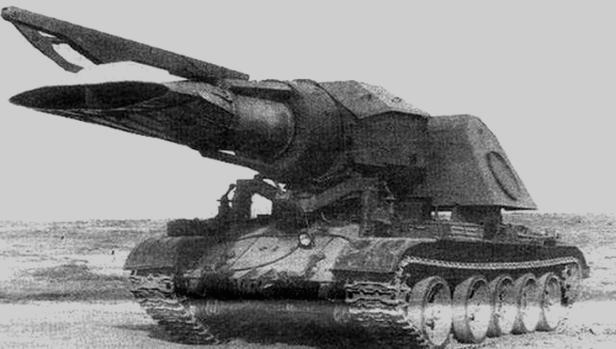New technology, more powerful guns, over-active planners, and the demands of warfare often resulted in wild creations that resembled flights of fancy or Frankenstein experiments more than they looked like serious military equipment.
The following list contains some of the strangest looking and biggest failures.
10. T10 Sherman M4A2
A mine clearing tank designed to combine the effectiveness of mine clearing specialists with the armor to do it under fire. Landmines are typically designed to explode when driven over and are usually placed in a large number around likely avenues of approach.
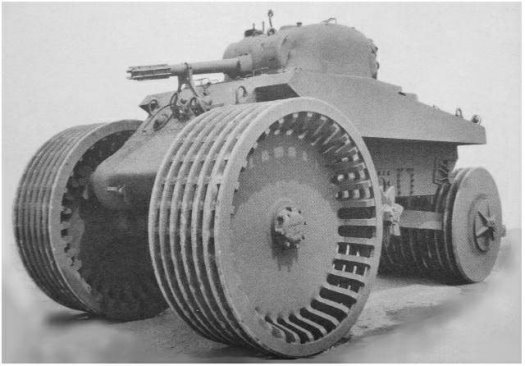
Enter the T10 Sherman tank. This was an armored, remote-controlled vehicle that had two giant wheels in its front and a third wheel behind it. These were designed to provide an uninterrupted length of sturdy wheels that would apply enough pressure on the ground to trip any mines and render it safe for any follow-up infantry and vehicles.
The third wheel often caused the anti-mine tank to get stuck. The vehicle didn’t move past the testing phase.
9. Gasdynamic trawler “Progvev-T”
This was the Russian’s attempt at a minesweeping tank. A jet engine was mounted on a Russian T55 tank in an effort to use the heat blast to preemptively detonate and clear mines.
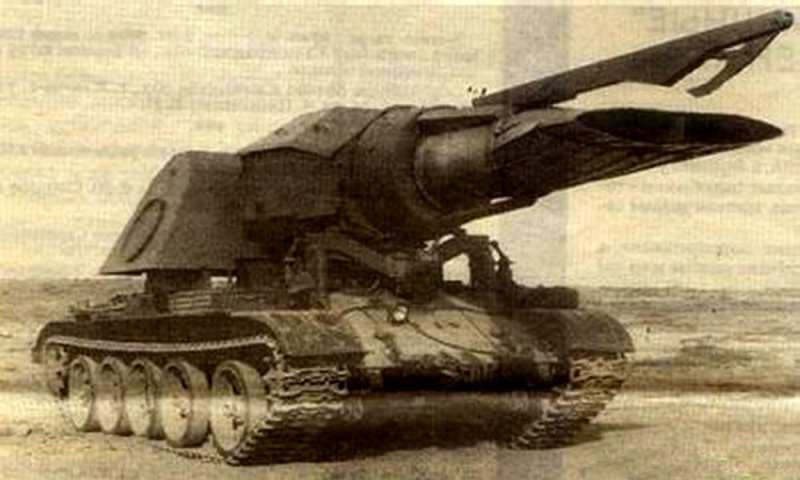
The jet engine was incredibly loud, and though the T55 could bear the weight, the extra load made the cost of its fuel consumption prohibitive.
The final nail in the coffin was that it remained unreliable at clearing mines.
8. Schumann’s Fahrpanzer
This was an early version of a self-propelled gun. It looked like something from a steampunk fantasy but represented German attempts in World War I to connect movement, firepower, and protection.
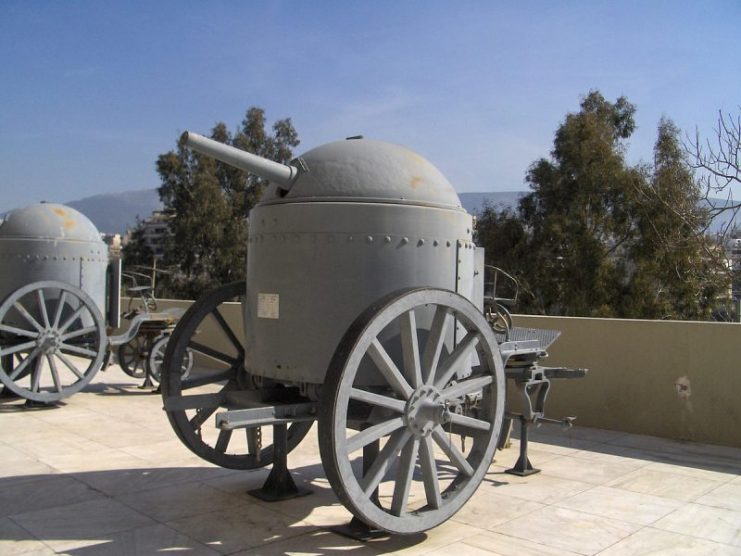
7. Concrete Tank T-34
The T34 is one of the most famous tanks of the war and has had a lasting effect on tank development.
It boasted an amazing combination of firepower, protection, and speed. Its variants and upgrades have been exported across the world and saw use in developing countries until 2010.
This trial created a variant tank version which was not the same as the eventual technical masterpiece. The armor of the tank was reinforced using 150mm of concrete to approximate about 50mm of steel.
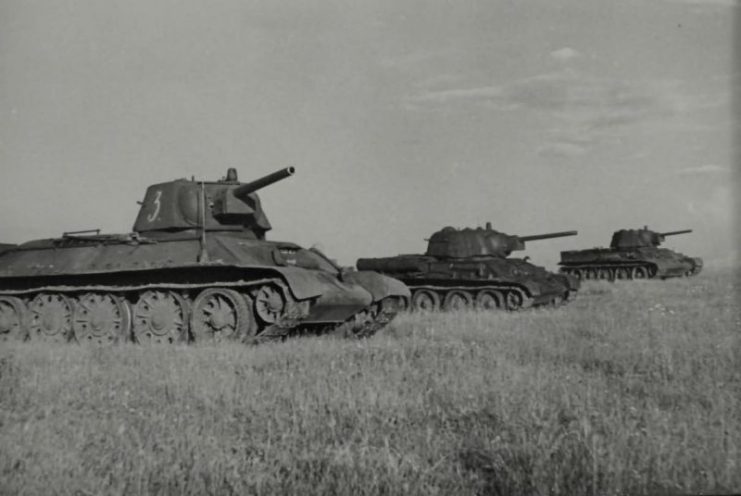
This was likely made early in the war when the Russians were throwing everything and the kitchen sink at the Germans in a desperate attempt to survive. At that time, they were short of critical war supplies like steel armor but had a relative abundance of lower tech items like concrete.
The concrete added over 2.5 tons to its weight which significantly taxed its engine top speed. But it made the tank feel like a mobile bunker and its appearance was more like something from science fiction than the battlefield.
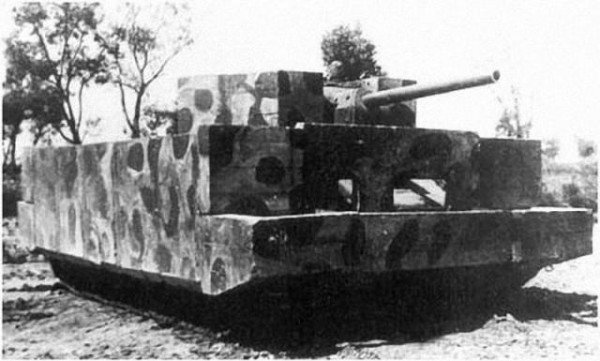
6. Finnish Mobile Machine
This stretches the definition of a tank, as it is a block of steel with a machine gun turret.
These would be simple to produce and operate. While they didn’t have mobility, the Soviet-Finnish War in which they were likely used had precious few roads, rail, and supply lines. The Finns could use trucks to place these “tanks” along the few likely avenues of approach like roads and the Mannerheim line.
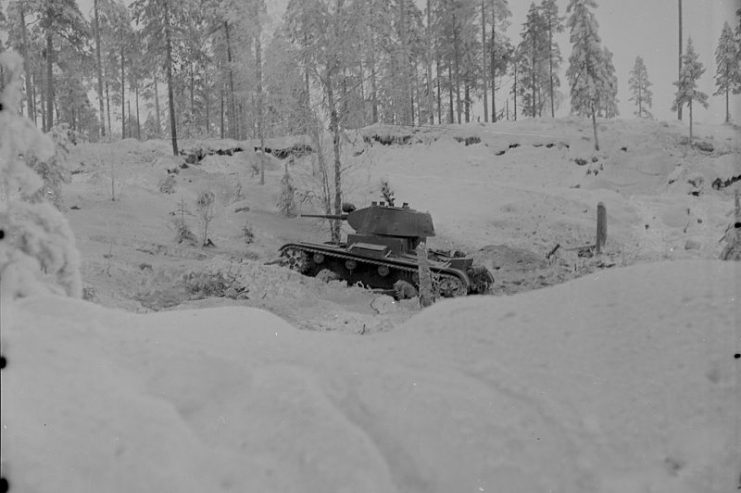
While it didn’t have anything that would make it mobile, or might make it more of a tank, these machines also couldn’t break down on the Fins in the middle of their Winter War.
It was a simple machine gun that effectively fought the Russians who didn’t prepare their equipment, tactics, or strategy to attack Finland properly.
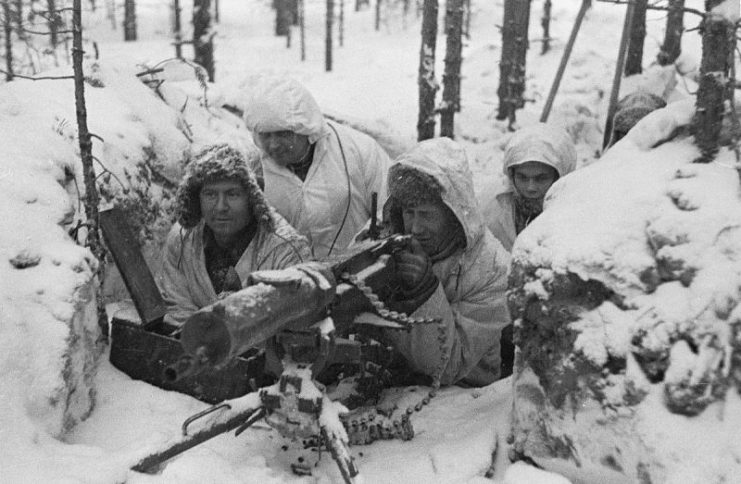
5. The Italian gun of The First World War
Like the Germans, the Italians experimented with mobile and protected firing platforms. Their version mounted the gun on what seemed like a truck motor combined with a hitched trailer of armor and additional wheels.
It was reportedly used during the Italian shelling of Austrian fortifications in the Alps. It never gained widespread use as a self-propelled gun but looks funny enough to make this list.
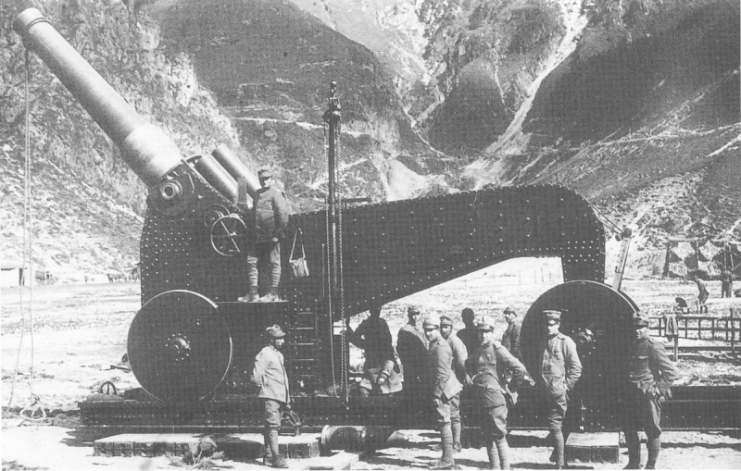
4. The Chrysler TV-8
Designed by the Chrysler Corporation, this was supposed to be a tank of the future. Its strange rounded appearance makes it seem more suited to a militaristic Disneyland than the army. This outlandish look was the result of several factors.
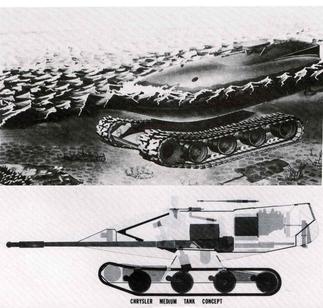
The turret and engine were modular, meaning they could be taken apart and reconstructed for easy transport. The designers also put the crew compartment in the large, rounded turret, instead of in the base like other tanks. The vehicle was also designed to float and was nuclear powered.
Chrysler couldn’t convince the army that it offered any notable features above the more simplistic tanks they already fielded.
3. American Mine Exploder T1E3M1 “Aunt Jemima”
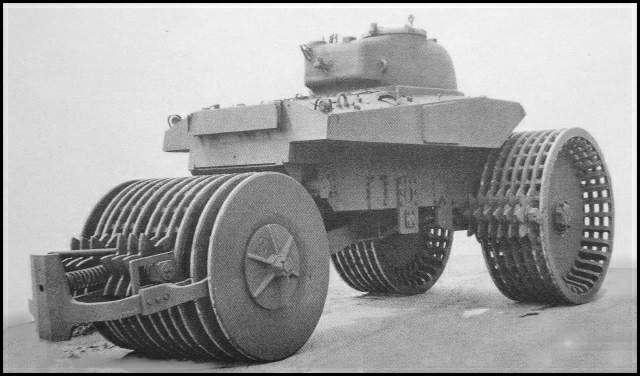
This was another variant of the Sherman tank similar to the T10. It also tried to clear mines, using what are essentially two giant rollers. Since these rollers looked like pancakes, the soldiers were inspired to name it after the famous pancake batter.
It proved successful in tests but was difficult to maneuver on the battlefield. Some accounts claimed its turning radius was two or three football fields and it often needed other Sherman tanks to push it out of soft terrain.
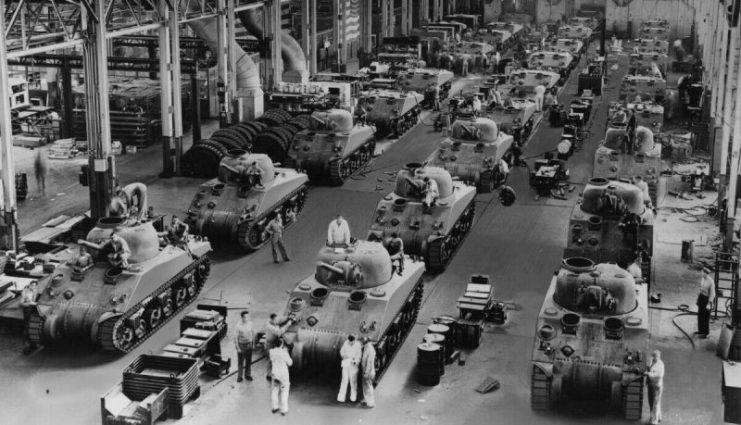
2. Jumping tank
The low rider tank would look pretty cool on the streets, and it was designed to make vertical jumps of at least four feet (just over one meter). Preliminary research proved that the chassis could have worked, but thankfully, it never made it past the model stage.
1. LVTH6
The plan for this vehicle was developed in 1951. It was supposed to be an amphibious, mobile armored carrier, hence the initials: Landing Vehicle, Tracked, Howizter 6.
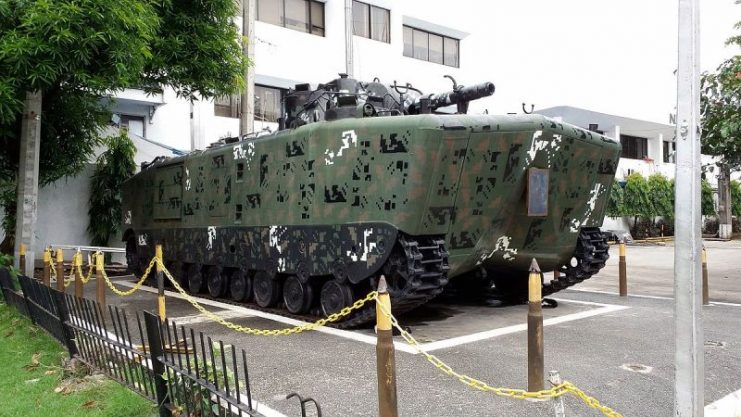
Read another story from us: Masters of Armored Warfare – 6 Historic German Tanks
The doors from the front are power loaded. The vehicle looked funny but was decent enough for river crossings or possible beach landings.
This carrier was underpowered but helped soften up potential landings for the disembarked infantry.
